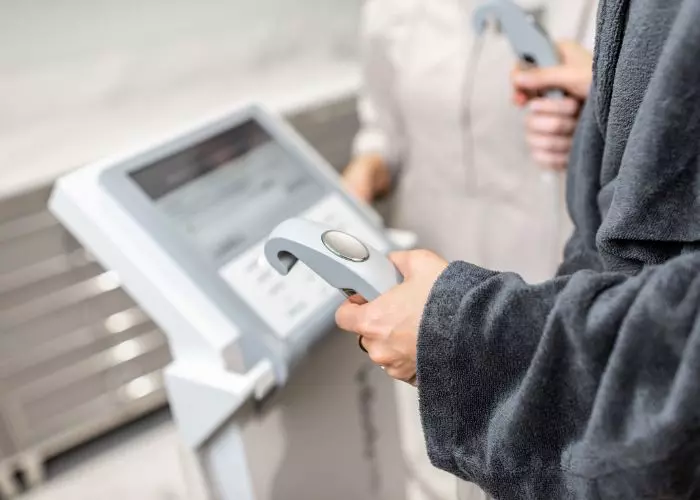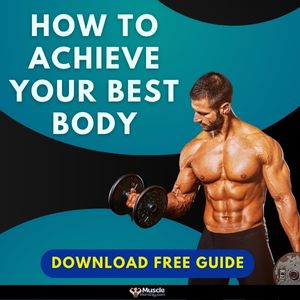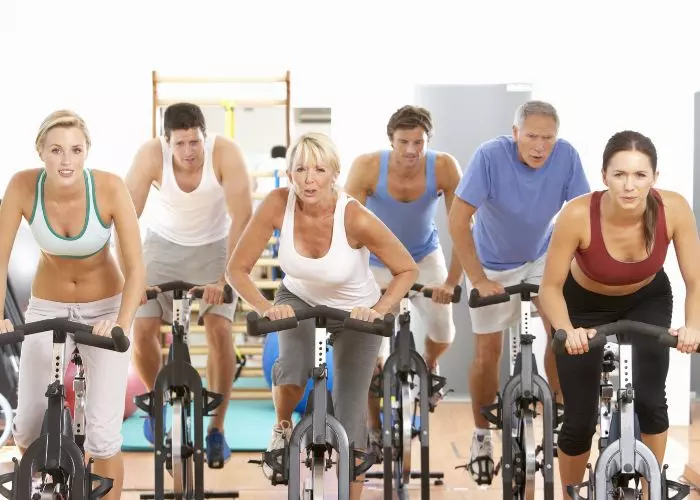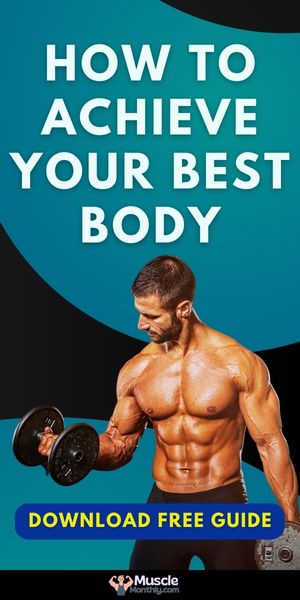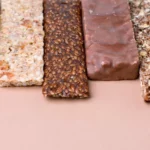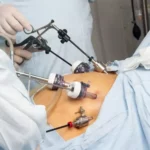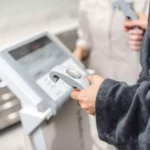Muscle testing, also known as applied kinesiology or manual muscle testing, is a non-invasive technique used to assess the body’s response to various stimuli. This holistic approach is based on the principle that our muscles respond differently to positive and negative energies.
Whether you’re seeking to identify food sensitivities, test the effectiveness of supplements, or explore your body’s intuitive wisdom, learning how to muscle test yourself can be empowering. In this article, we will delve into the fundamentals of self-muscle testing and explore five key areas where it can be beneficial.

How to Muscle Test Yourself: Understanding Muscle Testing
Muscle testing involves testing the strength or weakness of a muscle in response to certain stimuli. To start, find a quiet space and relax your mind and body. Most commonly, people use their arm for testing. The tester applies gentle pressure while you resist the movement.
A strong response indicates a “yes,” while weakness indicates a “no” response. Keep in mind that muscle testing is not foolproof and may vary depending on factors like stress levels and body positioning. Developing a clear intention and practicing regularly can improve accuracy and confidence in your muscle testing skills.

The Benefits of Self-Muscle Testing
Learning to muscle test yourself opens the door to various advantages. One significant benefit is its application in identifying food allergies or sensitivities. By holding a suspected food close to your body and muscle testing, you can determine if it positively or negatively impacts your system.
Self-muscle testing can aid in decision-making processes, helping you align choices with your body’s intuitive wisdom. It can also be used to assess the effectiveness of supplements or medications, allowing you to fine-tune your health regimen. Furthermore, self-muscle testing can be a valuable tool in addressing emotional and mental imbalances.
Self-Muscle Testing Techniques
There are several approaches to self-muscle testing, each with its unique benefits. One common method involves using the fingers of one hand to create a loop while testing with the other hand. This loop acts as a binary indicator, moving towards or away from the body based on the response.
Another technique involves using different body postures, such as standing or sitting, to assess changes in muscle strength. Additionally, some individuals prefer using specific charts or diagrams to facilitate the testing process. Experiment with different methods to find what works best for you

Muscle Testing for Emotional Well-being
Beyond its physical applications, self-muscle testing can be a powerful tool for exploring emotional well-being. By asking targeted questions related to emotional issues, you can gauge how your body responds to different scenarios or memories. This process can help uncover buried emotions.
Also, can help highlight areas for healing, and guide you towards emotional balance. Remember to approach this aspect of self-muscle testing with compassion and allow yourself the space needed for self-discovery. Seek professional support if you encounter overwhelming emotions or trauma during this exploration.

Incorporating Muscle Testing into Daily Life
Integrating muscle testing into your daily routine can enhance your overall well-being. Whether you’re grocery shopping, considering a new supplement, or making important life decisions, self-muscle testing can provide valuable insights. Practice regularly to improve your accuracy, and be patient with yourself as you develop this skill.
Keep a journal to record your findings and track any patterns that emerge. Remember, muscle testing is a complementary technique and not a replacement for medical or professional advice. It’s essential to combine it with other forms of health management to make informed choices.
Frequently Asked Questions
What is muscle testing, and what does it involve?
Muscle testing, also known as applied kinesiology or manual muscle testing, is a non-invasive technique used to assess the body’s response to various stimuli. During muscle testing, a person tests the strength or weakness of a muscle in response to certain stimuli.
What are the benefits of self-muscle testing?
Self-muscle testing offers several advantages. It can be used to identify food allergies or sensitivities by testing how the body responds to certain foods. It also aids in decision-making processes, as it allows individuals to align choices with their body’s intuitive wisdom.
Are there different self-muscle testing techniques to explore?
Yes, there are various self-muscle testing techniques to choose from. One common method involves creating a loop with the fingers of one hand while testing with the other hand. This loop moves towards or away from the body based on the response.
How can self-muscle testing be used for emotional well-being?
Self-muscle testing can be a powerful tool for exploring emotional well-being. By asking targeted questions related to emotional issues, individuals can gauge how their body responds to different scenarios or memories. This process can help uncover buried emotions, highlight areas for healing, and guide individuals towards emotional balance.
How can one incorporate self-muscle testing into daily life effectively?
Integrating self-muscle testing into daily life can enhance overall well-being. It can be applied in various situations, such as grocery shopping to identify suitable food choices or when considering new supplements to determine their compatibility with the body. Self-muscle testing can makemportant life decisions by accessing the body’s intuitive wisdom.
Conclusión
Learning how to muscle test yourself can be an empowering journey of self-discovery. This holistic approach to understanding the body’s responses can aid in identifying food sensitivities, making better life decisions, and improving emotional well-being. While muscle testing is a valuable tool, it should not replace professional medical advice.
Regular practice and setting clear intentions are vital to enhance the accuracy of your muscle testing skills. Embrace the process with an open mind, and remember that self-muscle testing is a complement to other wellness practices, helping you live a more conscious and balanced life.



